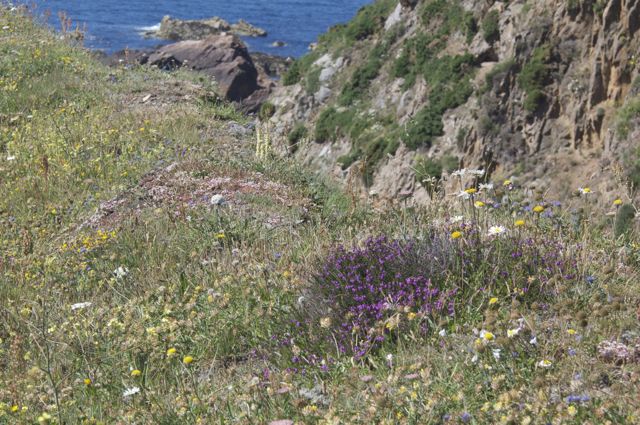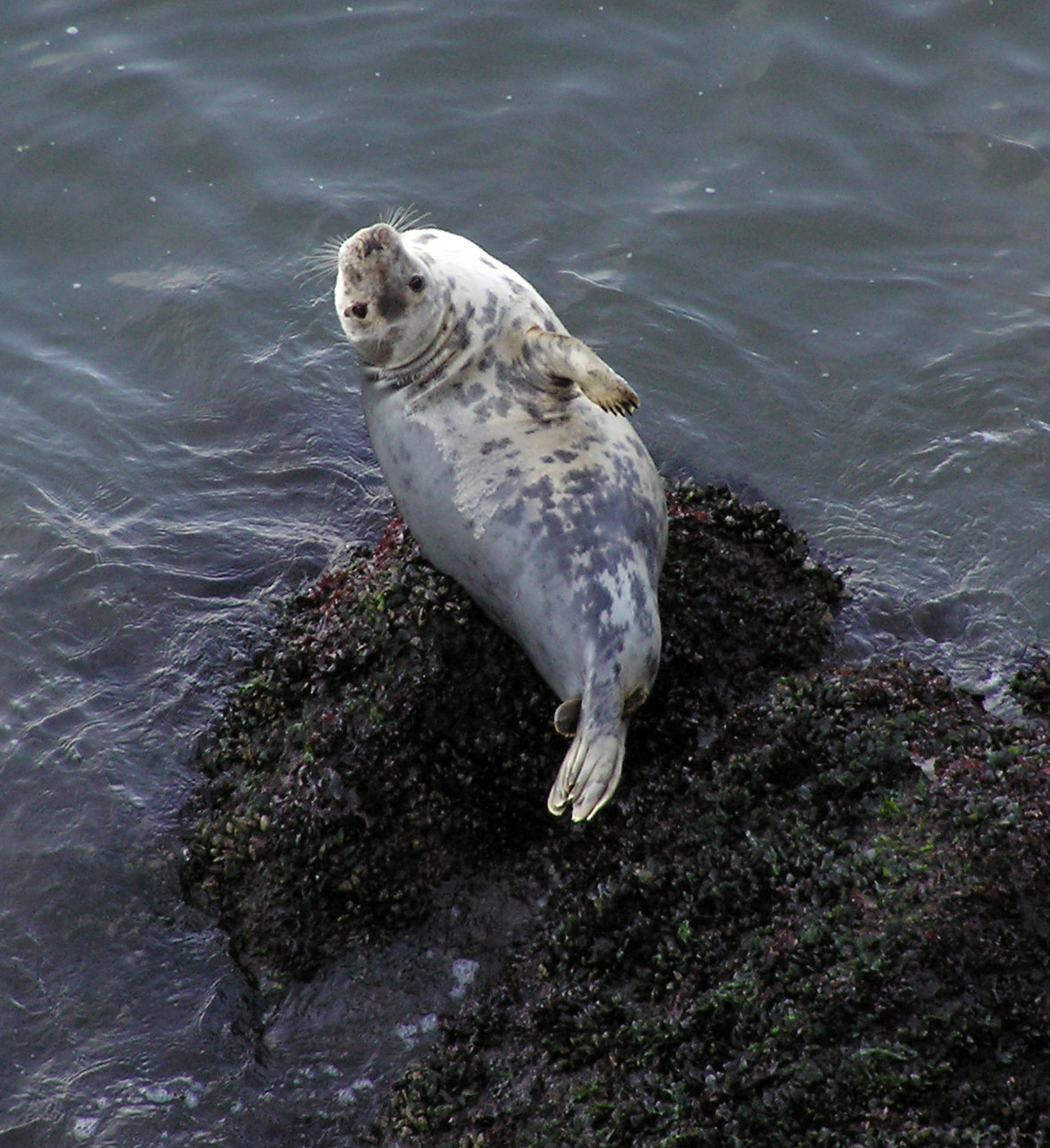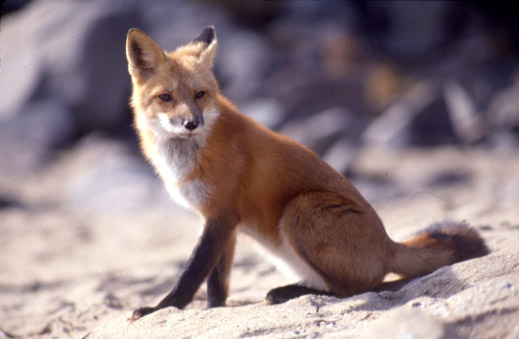4.1. 1: Biodiversity in Ecosystems
 BIODIVERSITY: is more than just different animals and plants in different places
BIODIVERSITY: is more than just different animals and plants in different places
WHAT IS IT THEN ?
BIODIVERSITY is the range and number of organisms found in a single places1
A forest has 15 different species with 100 individuals of 1 species and 1 individual of each of the other 14 species.
Another forest also has 15 species, but this one has 7 individuals of each of the 15 species.
The first forest has more individuals than the second one, BUT it is less diverse. In the second forest, the total number of individuals is spread more evenly between each species.
If we think about biodiversity this spread of individuals between species is more important than the total number of individuals in a habitat.
Biodiversity can be explored at three different levels:
Genetic diversity, Species diversity and Ecosystem diversity: This is the variety of ecosystems that a particular place may contain.
Genetic diversity: (The range of genetic material present in a gene pool or population of a species. Domestication and plant breeding lead to a loss of genetic variety, hence the importance of gene banks) Is the genetic variety that exists within a species. The amount of variation that exists between different individuals within different populations of a species
This is the amount variety that can be found in the genes of any species. Species are made up of both individuals and populations. Each individual in a species has a slightly different set of genes from any other individual in that species. And if a species is made up of two or more different populations in different places, then each population will have a different total genetic make up. Therefore to conserve the maximum amount of genetic diversity different populations of a species need to be conserved.

Grey seal picture by Yummifruitbat

Red fox by US National park Service
Not all species have the same amount of genetic diversity. Almost the entire world population of gray seals exist on the Farne islands off the English, North East Coast with a few small-scattered populations in other places. This is an example of an organism with a small amount of genetic diversity.
Organisms where large genetic diversity exists include, the European Red Fox, which is found right across Europe and even ourselves, as we exist planet wide in many populations.
Species diversity
Is the variety of species within a given area, habitat or even region. This variety alters from habitat to habitat. The rainforests at one end with great variation and the polar ice caps at the other with little variation.
This is what most people think off when we talk about biodiversity. Species diversity is the variety of species found within any area, habitat or region. Species diversity is not the total number of organisms in a place but the number of organisms within the number of different species. Some habitats such as coral reefs and rainforests have high species diversity. Urban habitats and Polar Regions have much lower species diversity by comparison.
Visit the eco geeks website to see a good biodiversity video
Is it possible to measure biodiversity?
If we could measure biodiversity the results could be used to compare similar ecosystems. As a general rule the more complex an ecosystem the healthier it is (for a given type of ecosystem). This is because damaged ecosystems tend to loose species and so have less diversity.
Simpson index can be used to make a relative measure between different ecosystems:
- The amount of biological or living diversity per unit area. It includes the concepts of species diversity (the number of species of organisms per unit area), habitat diversity (the variety of habitat, or number of ecological niches per unit area) and genetic diversity (the richness of an area with respect to genetic material). [↩]